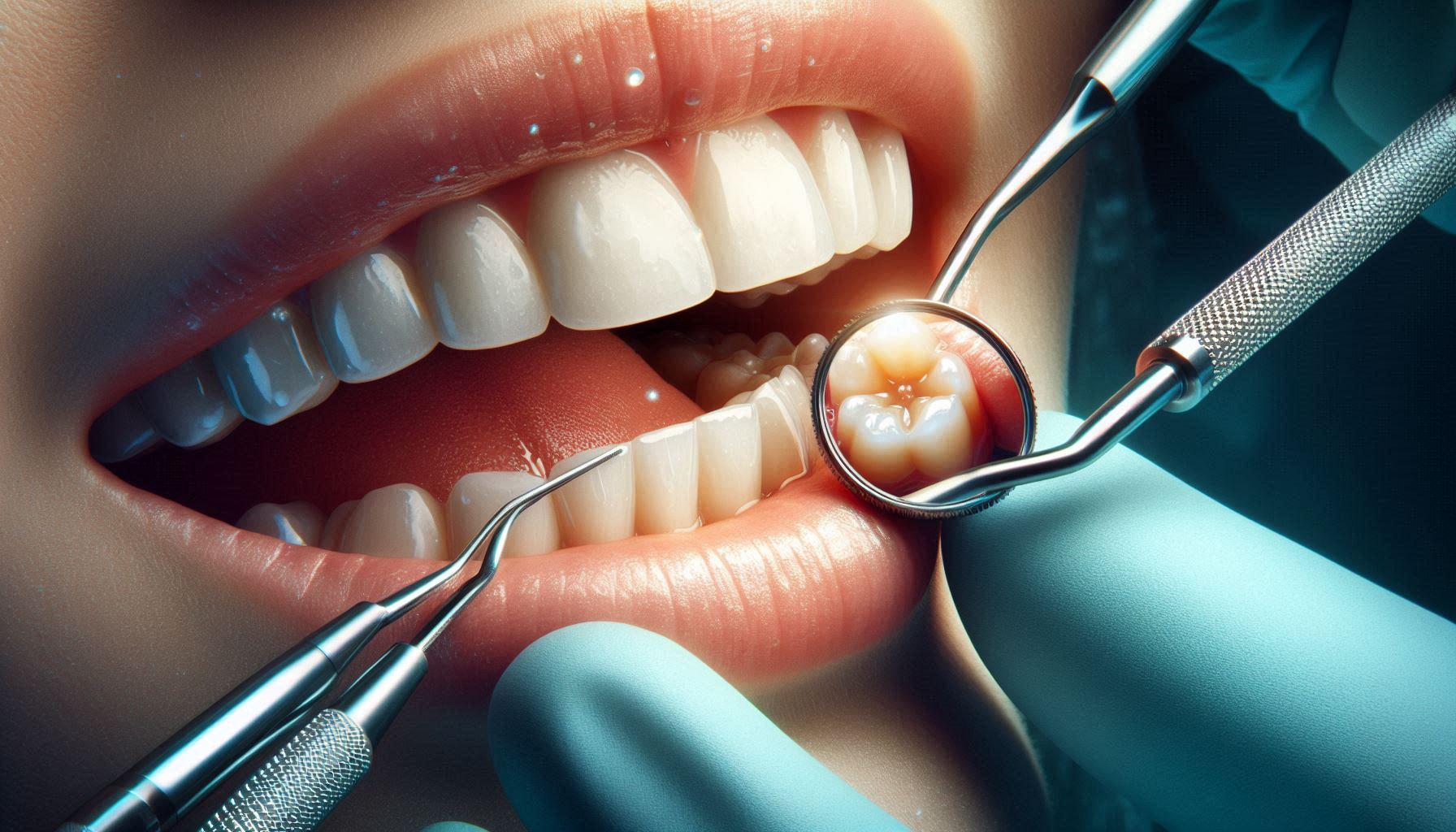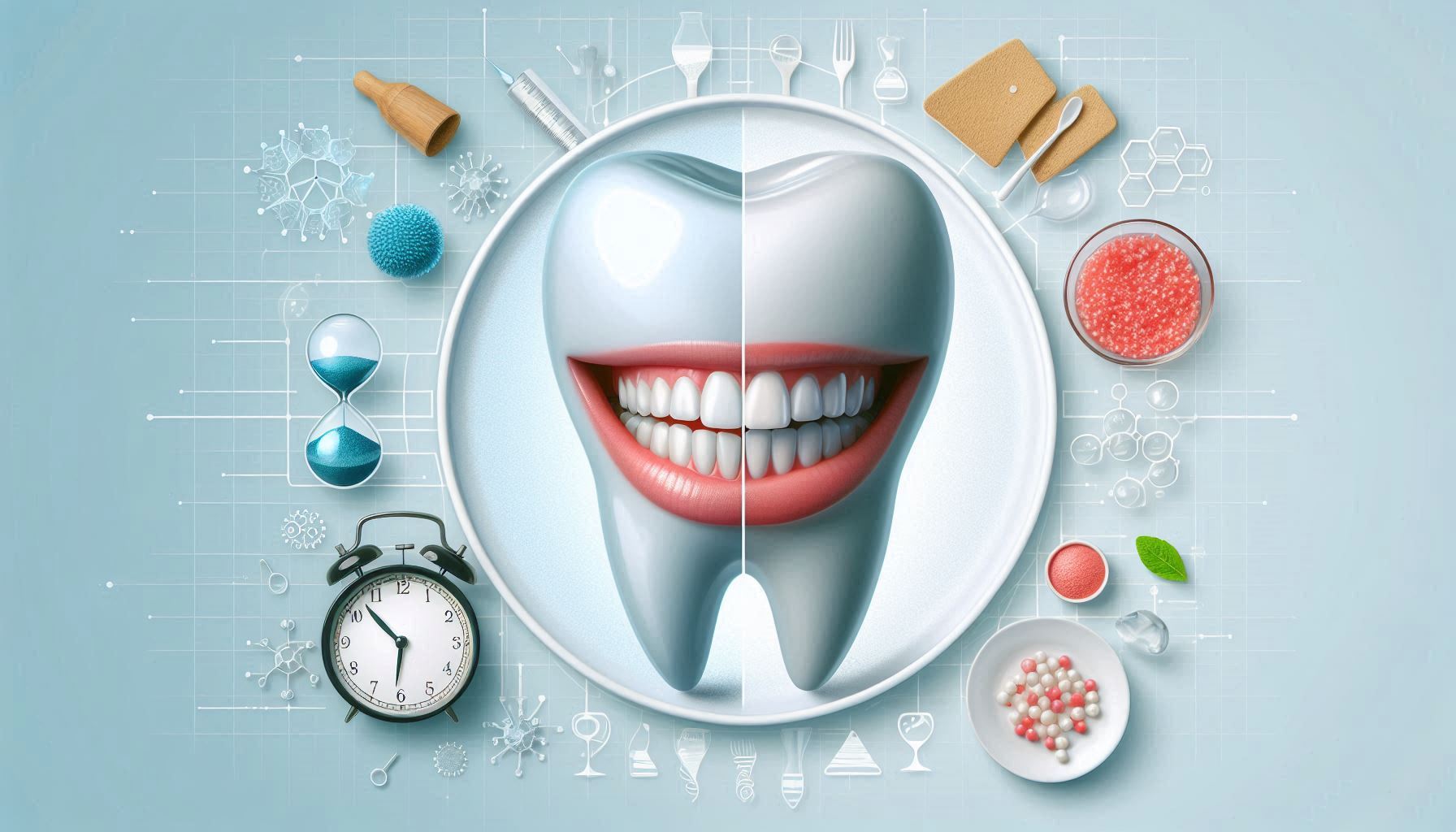Gum disease, clinically referred to as periodontal disease, is a widespread yet often underestimated health issue that can lead to severe complications if not properly addressed. This comprehensive guide will delve into the various aspects of gum disease, including its types, symptoms, preventive measures, and treatment options, ensuring that you have the knowledge necessary to maintain your oral health.
Understanding Gum Disease
The Anatomy of Healthy Gums
To appreciate the importance of gum health, it’s crucial to understand the anatomy of the gums and their role in oral health. The gums, or gingiva, are the soft tissue that surrounds the teeth, providing a protective barrier. Healthy gums are firm, pale pink, and fit snugly around the teeth. They play a vital role in holding the teeth in place and supporting the structures beneath them, including bone and connective tissues.
Types of Gum Disease
Gum disease primarily consists of two main types: gingivitis and periodontitis. Understanding the differences between these conditions is essential for early detection and treatment.
1. Gingivitis
Definition and Causes
Gingivitis is the initial stage of gum disease, characterized by inflammation of the gums due to plaque buildup—a sticky film of bacteria that forms on the teeth. Poor oral hygiene is the primary cause, allowing plaque to accumulate and irritate the gum tissue.
Symptoms
The symptoms of gingivitis can be subtle, often making it easy to overlook. Common signs include:
- Red, swollen gums: Healthy gums are pale pink and firm. In gingivitis, they appear inflamed.
- Bleeding gums: One of the most noticeable signs is bleeding during brushing or flossing, indicating inflammation.
- Bad breath: Chronic halitosis can stem from bacterial activity in the mouth.
- Receding gums: Gums may start to pull away from the teeth, leading to increased tooth sensitivity.
Diagnosis
A dental professional can diagnose gingivitis during a routine check-up. They will examine the gums for signs of inflammation and measure the depth of the pockets between the gums and teeth.
2. Periodontitis
Definition and Progression
If gingivitis remains untreated, it can progress to periodontitis, a more severe form of gum disease. In periodontitis, the inflammation extends deeper into the supporting structures of the teeth, including the bone. This stage can lead to irreversible damage if not addressed promptly.
Symptoms
The symptoms of periodontitis can be more severe and may include:
- Deep pockets between teeth and gums: As the gums recede, pockets form that trap bacteria.
- Persistent bad breath: The buildup of bacteria can lead to chronic bad breath that doesn’t improve with brushing.
- Loose teeth: Periodontitis can weaken the support structures of the teeth, leading to looseness or shifting.
- Changes in bite: Misalignment may occur due to shifting teeth, affecting the way the teeth fit together.
Diagnosis
Diagnosis of periodontitis involves a thorough examination, including measuring pocket depths and assessing the extent of gum recession and bone loss through X-rays.
How to Spot Gum Disease
Recognizing the signs of gum disease early can make a significant difference in treatment outcomes. Here are some key indicators to help you spot gum disease:
Visual Signs
- Gum Color: Healthy gums should be pale pink. Look for any redness or swelling, which can indicate inflammation.
- Gum Contour: Gums should fit snugly against the teeth. If they appear swollen or receding, it may signal a problem.
- Tartar Buildup: Tartar, or calculus, is hardened plaque that can form if plaque is not removed. It appears as a yellow or brown deposit on the teeth.
Symptoms During Oral Care
- Bleeding While Brushing or Flossing: This is often the first noticeable symptom and should not be ignored.
- Persistent Bad Breath: Regularly experiencing bad breath, even after brushing, can indicate bacterial buildup.
- Tooth Sensitivity: Increased sensitivity to hot, cold, or sweet foods may occur as the gums recede.
Other Indicators
- Changes in Bite or Tooth Alignment: If you notice that your bite feels different or your teeth are shifting, it may be due to gum disease.
- Pus Between Teeth and Gums: This can indicate an infection and requires immediate attention.
Preventing Gum Disease
Prevention is the most effective strategy for avoiding gum disease. Here are key measures to incorporate into your daily routine:
1. Maintain Good Oral Hygiene
Brushing
- Frequency and Technique: Brush at least twice a day using a fluoride toothpaste. Use gentle circular motions to ensure you cover all surfaces, including the front, back, and chewing surfaces of each tooth.
- Toothbrush Selection: A soft-bristled toothbrush is recommended to avoid damaging the gums. Replace your toothbrush every three to four months or sooner if the bristles fray.
Flossing
- Daily Routine: Floss at least once a day to remove plaque and food particles from between the teeth and under the gum line.
- Technique: Use a gentle sawing motion to guide the floss between your teeth. Curve the floss around each tooth and slide it beneath the gum line.
2. Regular Dental Check-ups
Professional Cleanings
- Frequency: Schedule dental cleanings every six months or more frequently if recommended by your dentist. This allows for the removal of tartar buildup that can lead to gum disease.
Oral Examinations
- Importance of Exams: During check-ups, your dentist will evaluate your gum health, check for signs of gingivitis or periodontitis, and perform necessary interventions.
3. Healthy Lifestyle Choices
Nutrition
- Balanced Diet: Consume a diet rich in fruits, vegetables, whole grains, and lean proteins. Foods high in vitamin C, such as citrus fruits, strawberries, and bell peppers, are especially beneficial for gum health.
- Limit Sugar Intake: Reduce the consumption of sugary snacks and beverages, as sugar promotes plaque formation.
Avoid Tobacco
- Quit Smoking: Tobacco use is a significant risk factor for gum disease. Quitting smoking can greatly reduce your risk and improve your overall health.
4. Stay Hydrated
Drinking plenty of water helps wash away food particles and bacteria, reducing the risk of plaque buildup. Staying hydrated also promotes saliva production, which plays a crucial role in oral health.
5. Use of Antimicrobial Mouthwash
Incorporating an antimicrobial mouthwash into your oral hygiene routine can help reduce plaque buildup and kill harmful bacteria. Look for mouthwashes that contain chlorhexidine or cetylpyridinium chloride for added protection.
Treating Gum Disease
If you suspect you have gum disease, seeking professional help is crucial. Treatment options vary depending on the severity of the condition:
1. Non-Surgical Treatments
Scaling and Root Planing
- Deep Cleaning: This procedure involves scraping away plaque and tartar from above and below the gum line. The roots of the teeth are also smoothed to help the gums reattach.
- Local Anesthesia: Often performed under local anesthesia, this procedure may require more than one appointment, especially for extensive cases.
Antibiotics
- Topical and Oral Options: Your dentist may prescribe topical antibiotics in the form of gels or mouth rinses. Oral antibiotics may also be prescribed for more severe infections.
2. Surgical Treatments
If non-surgical treatments are insufficient, more advanced procedures may be necessary:
Flap Surgery
- Procedure Overview: Flap surgery involves lifting the gums to remove tartar deposits from deep pockets and reducing the size of the pockets. The gums are then stitched back in place.
- Recovery: Recovery typically involves some discomfort and swelling, but most patients can return to normal activities within a few days.
Bone Grafts
- Indications: In cases of significant bone loss, bone grafts may be used to regenerate lost bone tissue. This procedure involves placing graft material in the affected area to promote new bone growth.
- Healing Process: The healing process can take several months, and regular follow-up appointments will be necessary to monitor progress.
Guided Tissue Regeneration
- Technique: This technique uses a special membrane to encourage the growth of new bone and tissue in areas affected by periodontal disease.
- Long-term Benefits: It aims to restore the supporting structures of the teeth and improve overall gum health.
3. Maintenance After Treatment
Post-treatment, maintaining good oral hygiene is crucial to prevent recurrence. Here are key points for effective maintenance:
- Follow-Up Appointments: Schedule regular check-ups to monitor your gum health and ensure that the treatment was successful.
- Adhere to Oral Hygiene Routine: Continue to brush and floss diligently, as instructed by your dentist.
- Lifestyle Modifications: Maintain healthy dietary habits and avoid tobacco to support long-term gum health.
The Impact of Gum Disease on Overall Health
Gum disease is not only a localized oral issue; it can have significant implications for overall health. Research has linked periodontal disease to various systemic conditions, including:
- Cardiovascular Disease: Several studies suggest a connection between gum disease and cardiovascular health. Inflammation from periodontal disease may contribute to the development of heart disease, including conditions such as atherosclerosis (hardening of the arteries).
- Diabetes: Diabetes and gum disease have a bidirectional relationship. Individuals with diabetes are more susceptible to gum infections due to impaired blood sugar control, while severe gum disease can make it more difficult to manage diabetes effectively.
- Respiratory Issues: Bacteria from the mouth can be aspirated into the lungs, potentially leading to respiratory infections such as pneumonia, especially in individuals with pre-existing lung conditions.
- Pregnancy Complications: Pregnant women with gum disease may be at a higher risk of complications, including premature birth and low birth weight. Maintaining good oral health during pregnancy is vital for both mother and baby.
- Cognitive Health: Emerging research suggests a potential link between periodontal disease and cognitive decline. Chronic inflammation associated with gum disease may contribute to conditions such as Alzheimer’s disease.
Conclusion
Gum disease is a prevalent condition that can lead to serious health issues if not properly managed. By understanding how to spot the signs, implementing effective preventive measures, and seeking timely treatment, you can protect your gums and maintain a healthy smile. Remember, your oral health is an essential component of your overall well-being. Don’t hesitate to reach out to a dental professional for guidance and support. Prioritize your gum health, and you will enjoy the long-term benefits of a vibrant, confident smile.
SOURCES
European Federation of Periodontology – Gum disease: Prevention
WebMD – Gingivitis and Periodontal Disease (Gum Disease)
Erica Hersh, (2023) – Gingivitis (Gum Disease) Overview
Mish Sachdev, (2021) – Gum disease explained
Cleveland Clinic – Gingivitis
GlobMed – What Is Gum Disease and How to Prevent It
HISTORY
Current Version
October 15, 2024
Written By:
SUMMIYAH MAHMOOD




